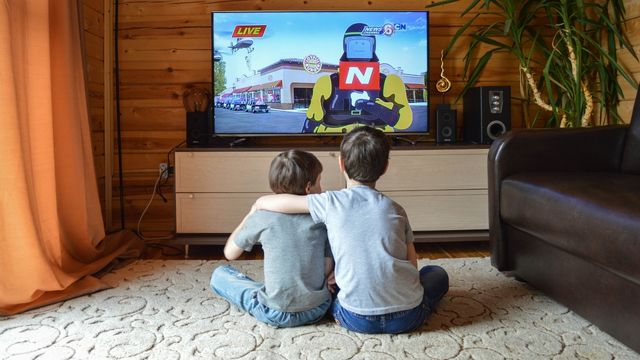World Environment Day is celebrated annually on 5th June after being named by the United Nations at the Stockholm Conference on the Human Environment in 1972. It is the most renowned global day for encouraging environmental action and awareness. Could a new full fibre broadband connection help you become more environmentally friendly and reduce your carbon footprint?
What is Fibre to the Premises (FTTP)?

Fibre to the Premises, or FTTP, is a revolutionary broadband technology. It uses fibre cables to provide an unbroken connection directly to a property, creating the fastest and most reliable broadband service. It can reach speeds of up to 1Gbps and is being rolled out across the UK with a government goal of nationwide access by 2030. County Broadband’s Hyperfast Full Fibre Broadband grants users up to 900Mbps to ensure lightning-fast speeds, ultra-low latency, and practically unlimited bandwidth.
Environmental Impact of the Internet

Devices we use daily, including smartphones, tablets, televisions, laptops, and gaming devices, all contribute to the extended time we spend online. The digital world allows us to stay connected with people worldwide and has undoubtedly ensured that our lives are more comfortable, making it easier to overlook the environmental impact.
The Internet requires physical infrastructure, including networks of cables, data centres, and servers. Every time we use the Internet, data transfers from our device to the server on which the site or software is hosted. Servers must be on constantly to allow browsing, contributing to a significant environmental impact through energy consumption and equipment lifespan. Digital activity is estimated to be responsible for 4% of the planet’s Co2 emissions.
Energy Efficiency of FTTP
FTTP is proven to be more energy efficient than other broadband technologies for several reasons. Firstly, it uses less electricity to transmit data over longer distances. This is because fibre cables have lower resistance and attenuation than copper or coaxial cables, meaning they lose less power and generate less heat while transmitting.
A study from the European Commission found that FTTP could reduce the energy consumption of broadband networks by up to 70% when compared to cable or DSL.
Reduced Waste and Future-Proofing

Fibre-optic cables are more durable than regular wires. The fibres are made from glass or plastic, which are far more robust than the alternatives. They also have a protective coat, making them less likely to be damaged by adverse weather, such as extreme heat or elevated moisture levels, and more resistant to corrosion and deterioration. These factors ensure that fibre cables require less repair and replacement, improving their sustainability and especially helping those in more rural or remote areas where network disruptions can have serious consequences.
Future-proofing our lives is vital when considering environmental impact. Full fibre broadband infrastructure is purpose-built to meet our needs today and has the capacity to grow with future bandwidth demands. The scalability of this design has long-term benefits by reducing the necessity for upgrades and replacements.
Is FTTP the more sustainable future of the Internet?
In short, yes. FTTP has many positives when considering the future of the Internet. We live in a digital world, in the digital age, and with the constant introduction of innovative technologies, that is only increasing. While internet networks pose an evident environmental impact, full fibre broadband providers such as County Broadband provide a future-proof, energy-efficient, Hyperfast Full Fibre broadband straight to your home or business. Do your part to be environmentally friendly!
Find out if our full fibre network is available in your area, or register your interest here.





